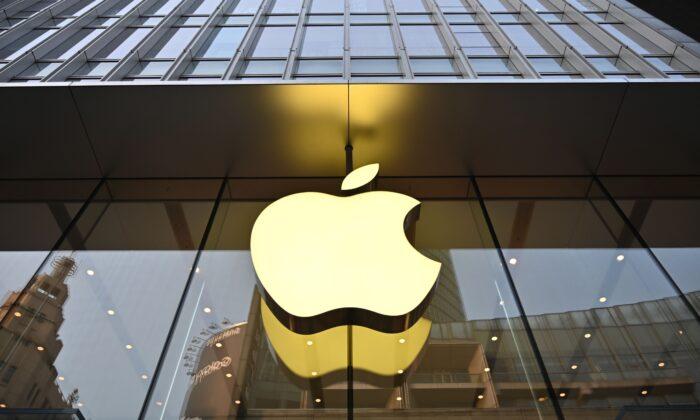Apple Inc. was sliding almost 4 percent lower at one point on Thursday, in sympathy with the general markets, which saw the S&P 500 falling almost 2 percent.
The tech giant holds a 6.2 percent weighting in the S&P 500, which often causes the stock and the ETF to trade in tandem.
The markets recently enjoyed a short bull cycle within the longer-term bear cycle that officially began on June 13, when the S&P 500 fell below the $3,852 level. The drop put the ETF down a total of over 20 percent from its Jan. 4, 2022, all-time high of $4,818.62.
For many retail traders, the current bear cycle in the markets is the first they’ve experienced, and most traders naturally have what is known as a “bullish bias,” which makes trading bear cycles more difficult. For that reason, patience is often the key, which can be difficult to practice for traders who enjoyed the massive bull run that followed the COVID-19 crash in March of 2020.
There is money to be made for bullish traders in every bear cycle but sitting on the sidelines more often than not is usually the best way to preserve capital.
Choosing a Timeframe for Charting
When choosing which timeframe to use when charting a stock, technical traders take into consideration the amount of time they plan to hold the stock before selling, with longer timeframes being used for longer-term trades and shorter timeframes used for shorter-term trades.The Apple Daily Chart
During the short bull cycle that occurred between June 17 and June 27, Apple negated its previous downtrend but the stock hasn’t yet confirmed an uptrend. For an uptrend to confirm, Apple will need to print a higher low above the most recent lower low of $129.04 over the coming days and then soar up to form a higher high above the June 27 high of $143.49.Apple could also be trading within a falling channel on the daily chart, within a downtrend on larger timeframes. A falling channel pattern is considered to be bearish until a stock breaks up bullishly from the upper descending trendline of the formation, which can signal a larger reversal to the upside is in the cards.
A third pattern that Apple could be settling into is an inverted head-and-shoulder pattern, with the left shoulder formed between May 9 and June 1, the head created between June 2 and June 27 and the right shoulder forming over the days that have followed. If the head-and-shoulders become the dominant pattern, the measured move is about 12 percent, which suggests Apple could trade up toward $164.
Apple has resistance above at $137.33 and $140 and support below at $132.93 and $128.32.

The Apple Weekly Chart
On this larger timeframe, Apple is trading in a consistent downtrend, with the most recent lower high printed the week of May 31 at $151.74 and the most recent confirmed lower low formed at the $129.04-mark the week of June 13. If Apple closes this trading week near its low-of-week, the stock could form a bearish engulfing candlestick, which could indicate lower prices will come again next week.If Apple has a bullish day on Thursday and Friday and closes the week with a long lower wick, the stock will print a hammer candlestick. That could indicate a bounce is in the cards over the next week or two, but the stock is a long way from negating the current downtrend.
The same areas of resistance and support on Apple’s daily chart can be used on the weekly chart.






